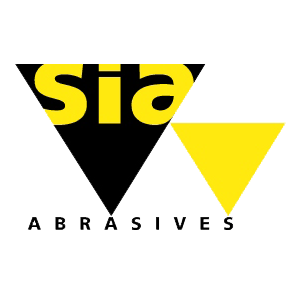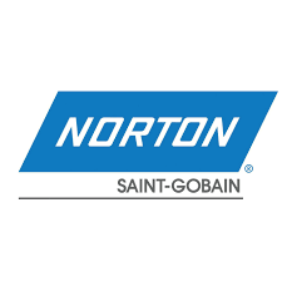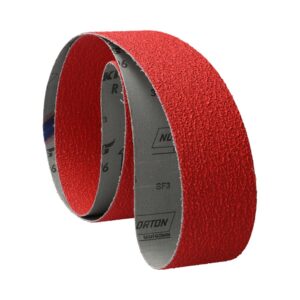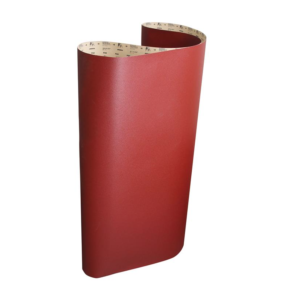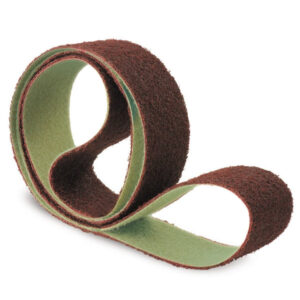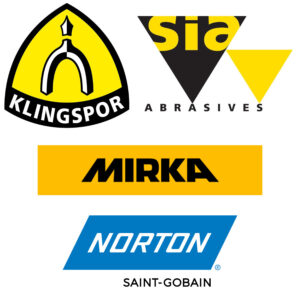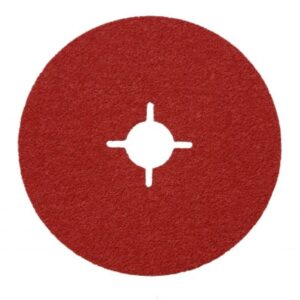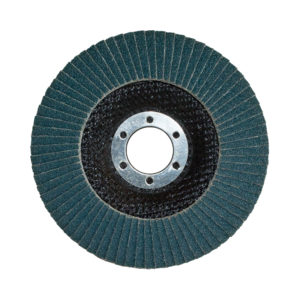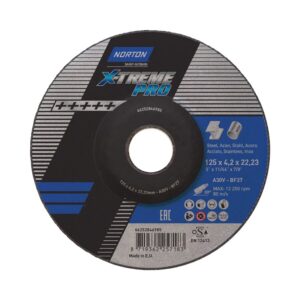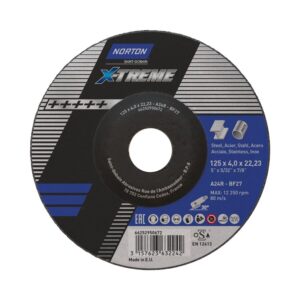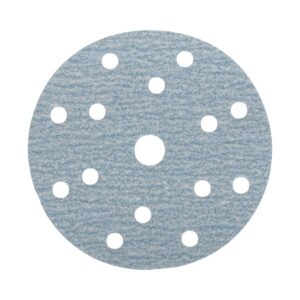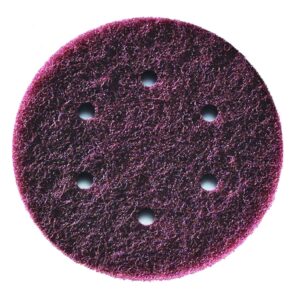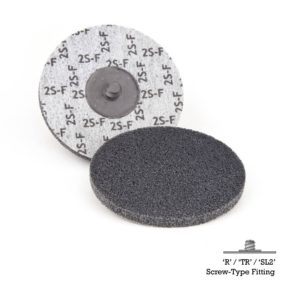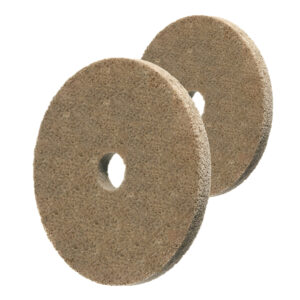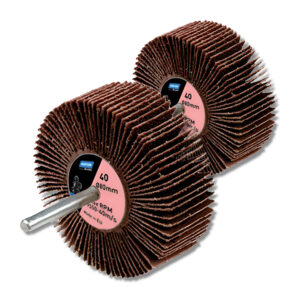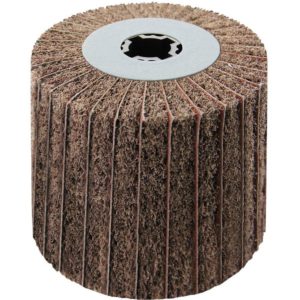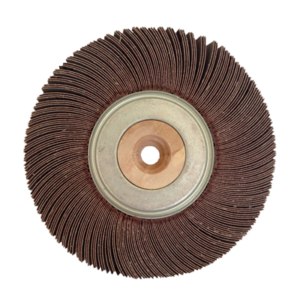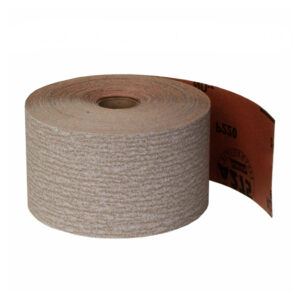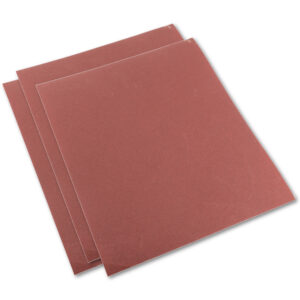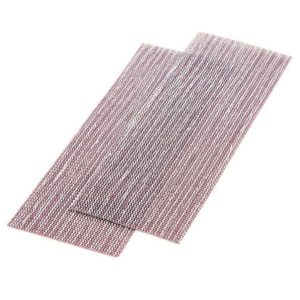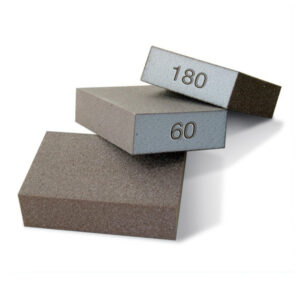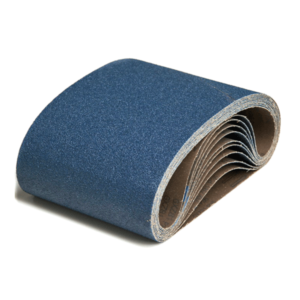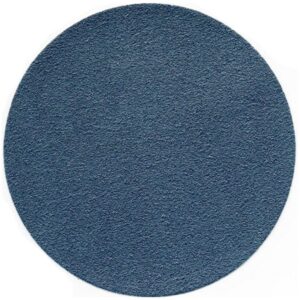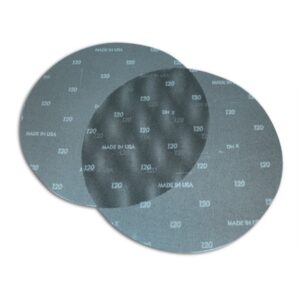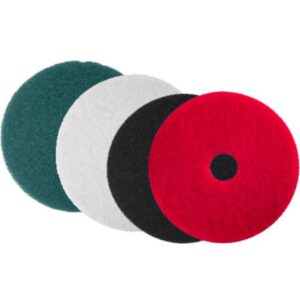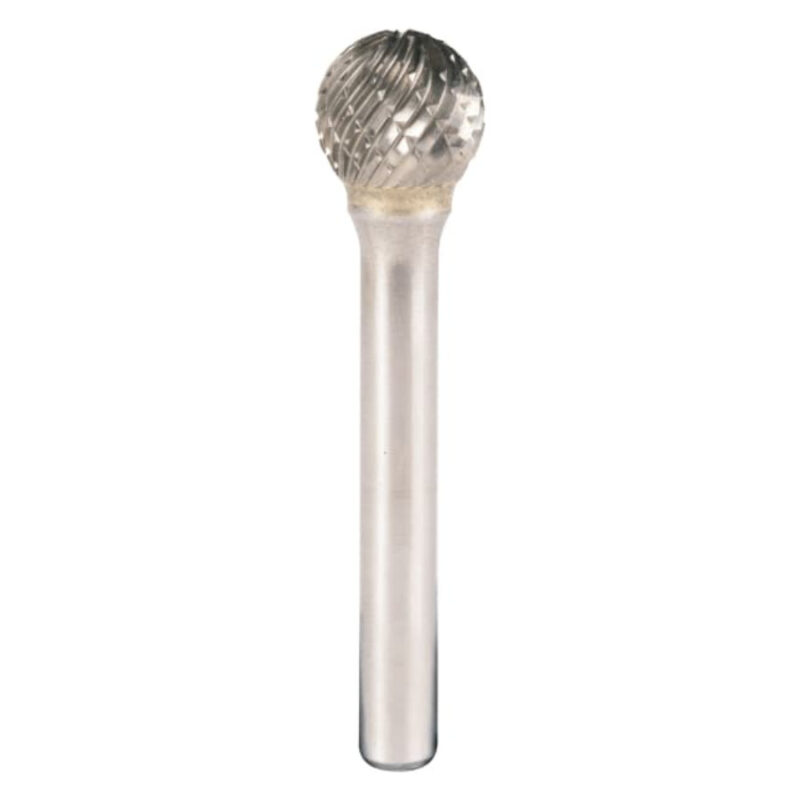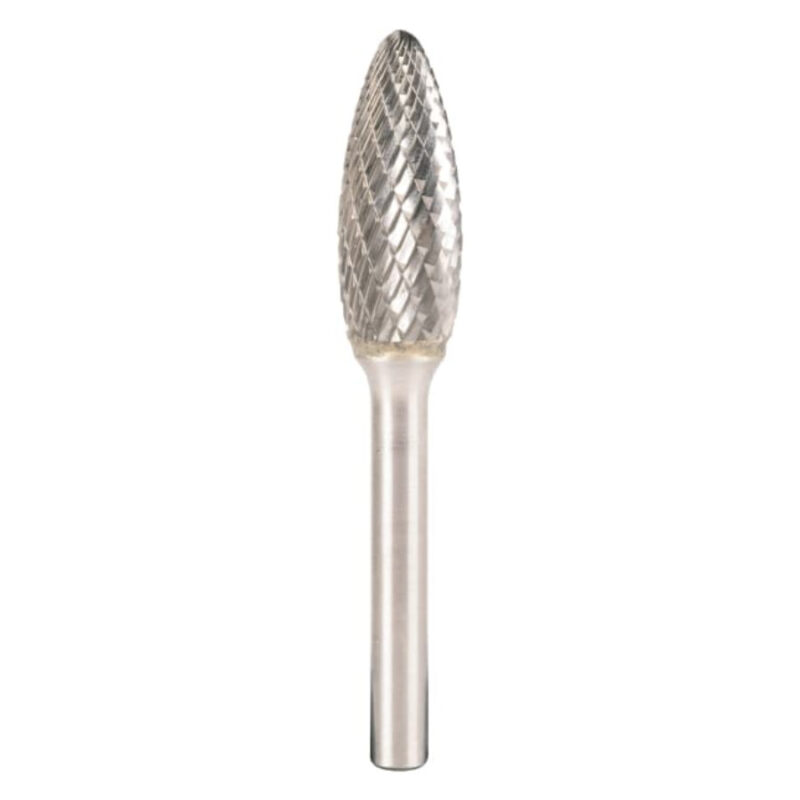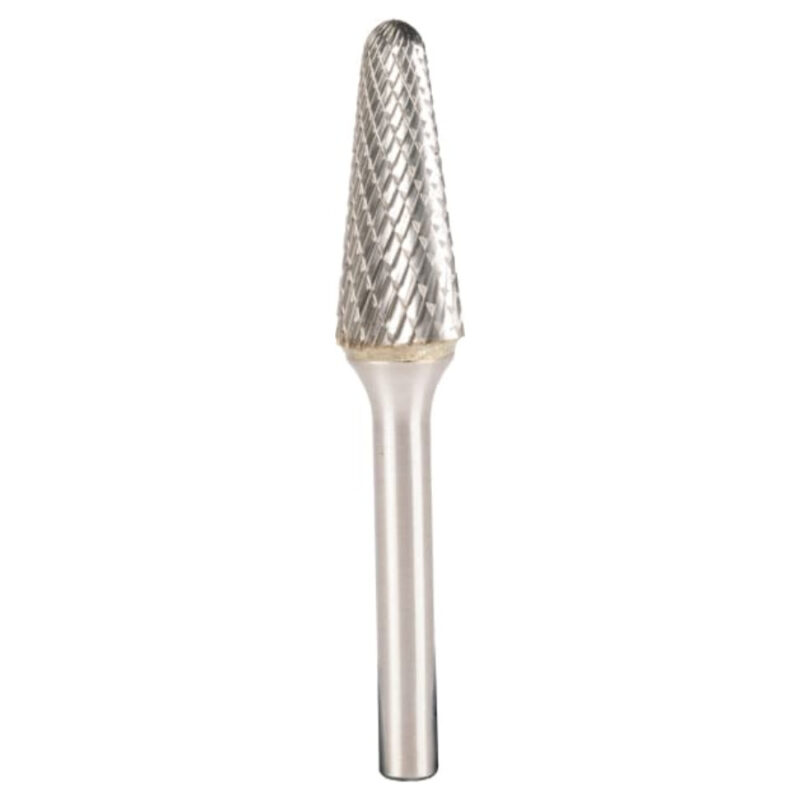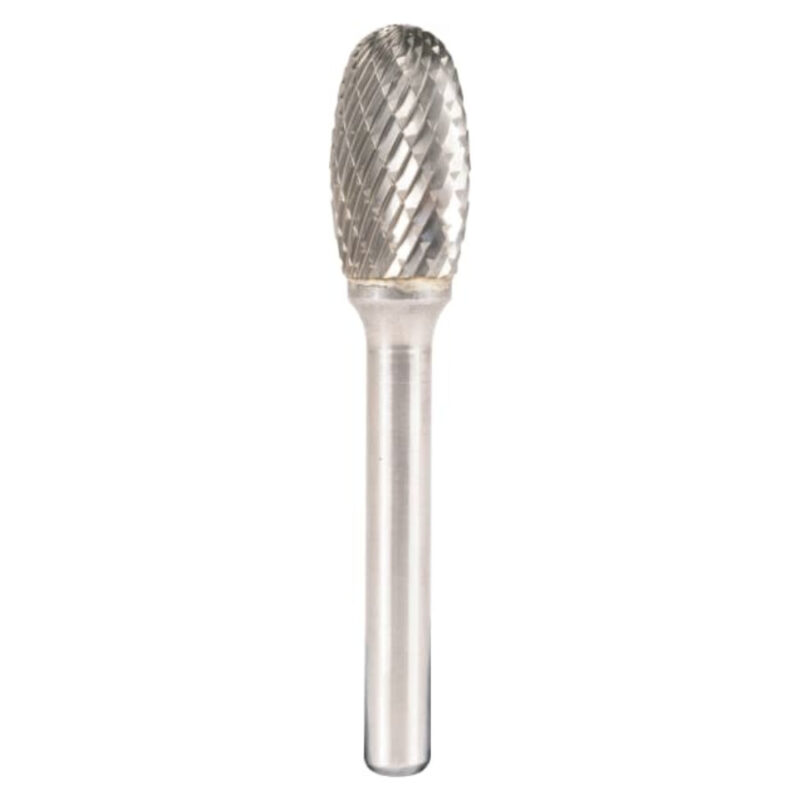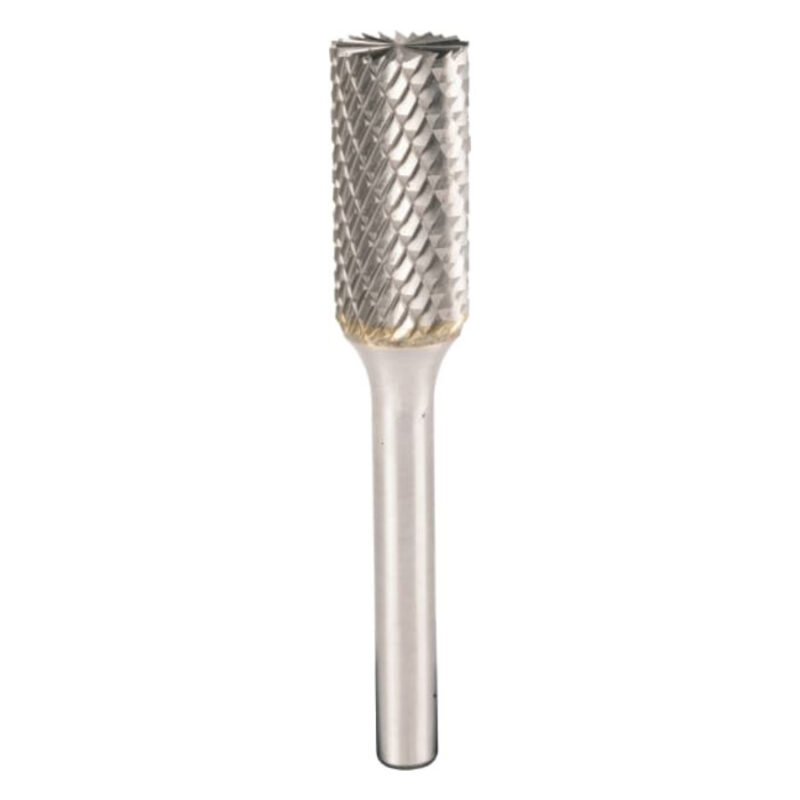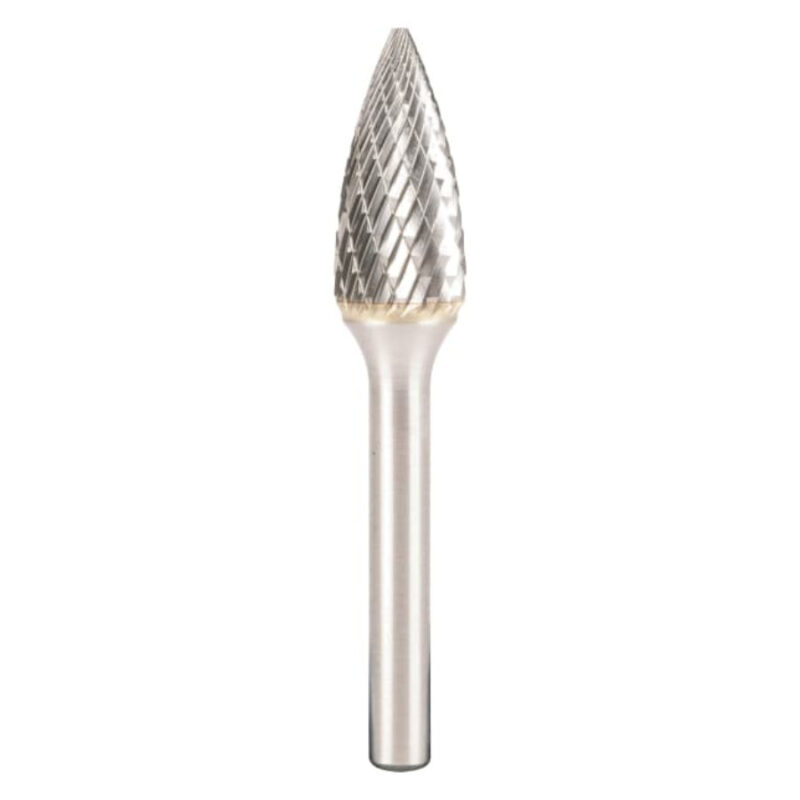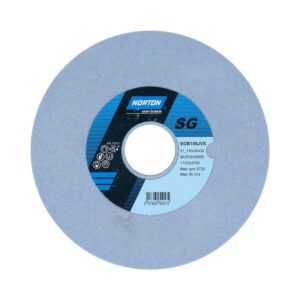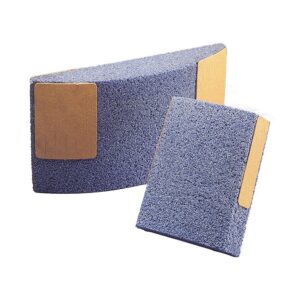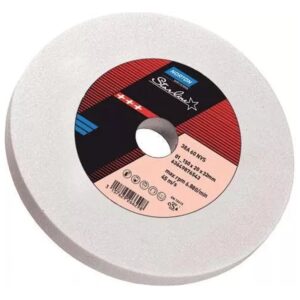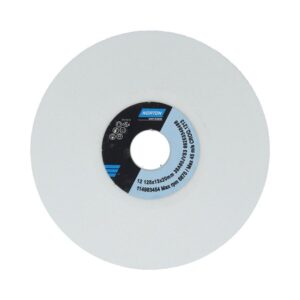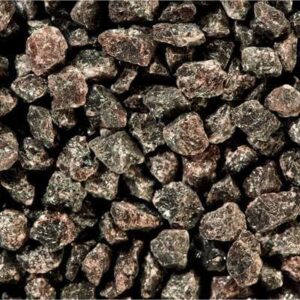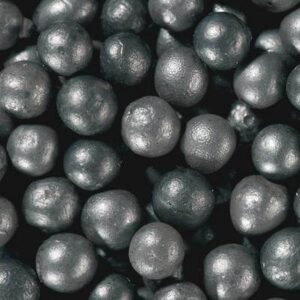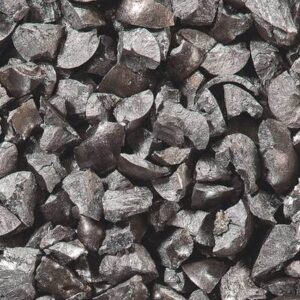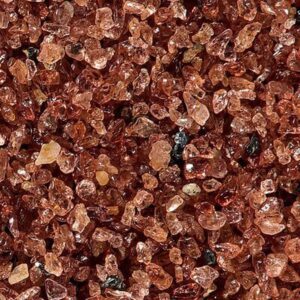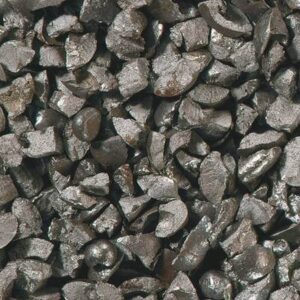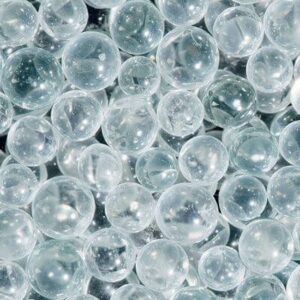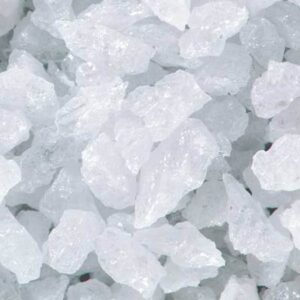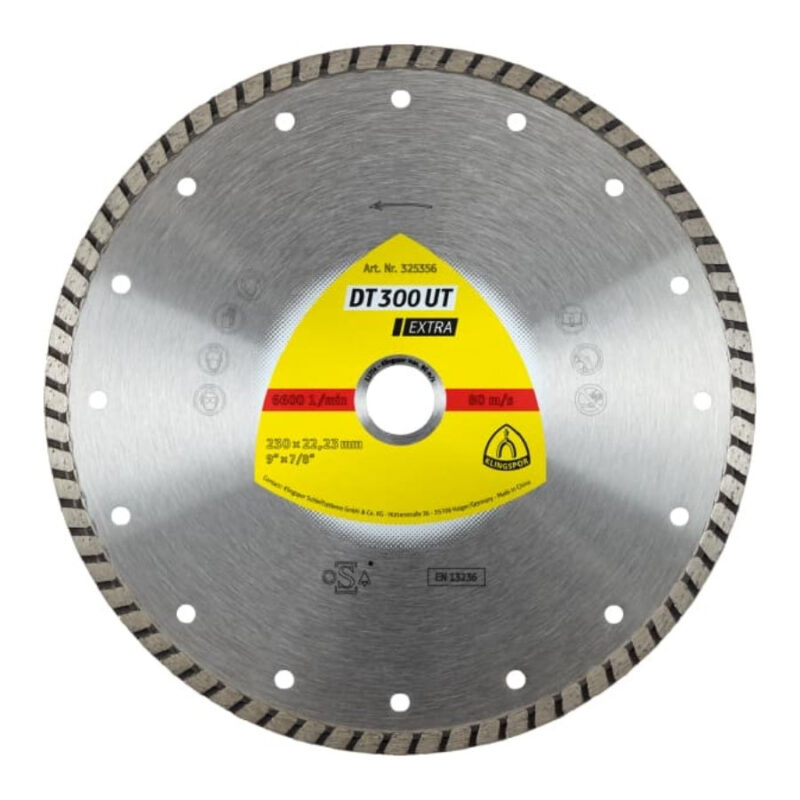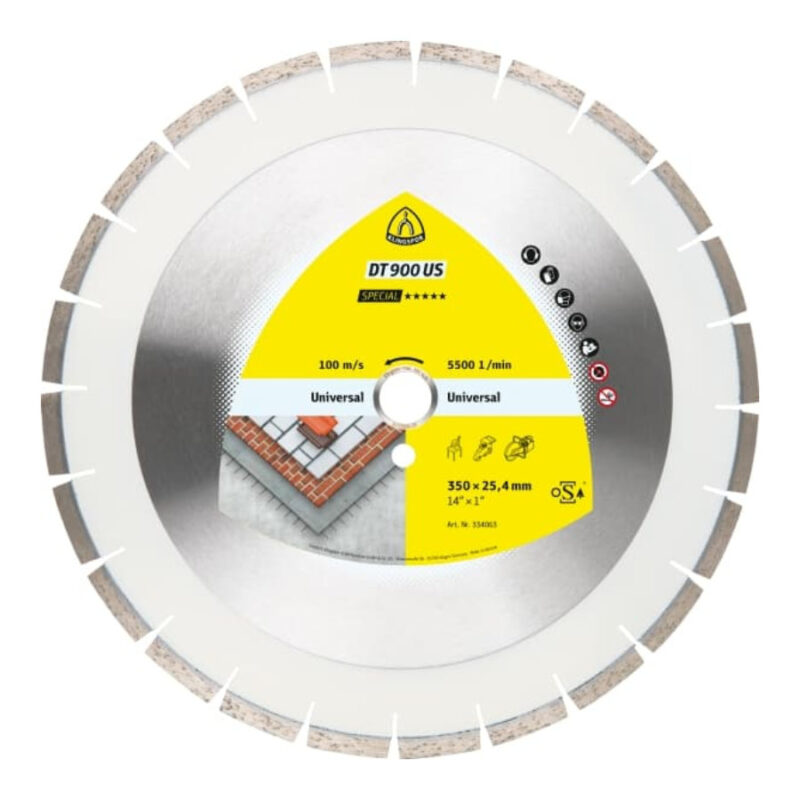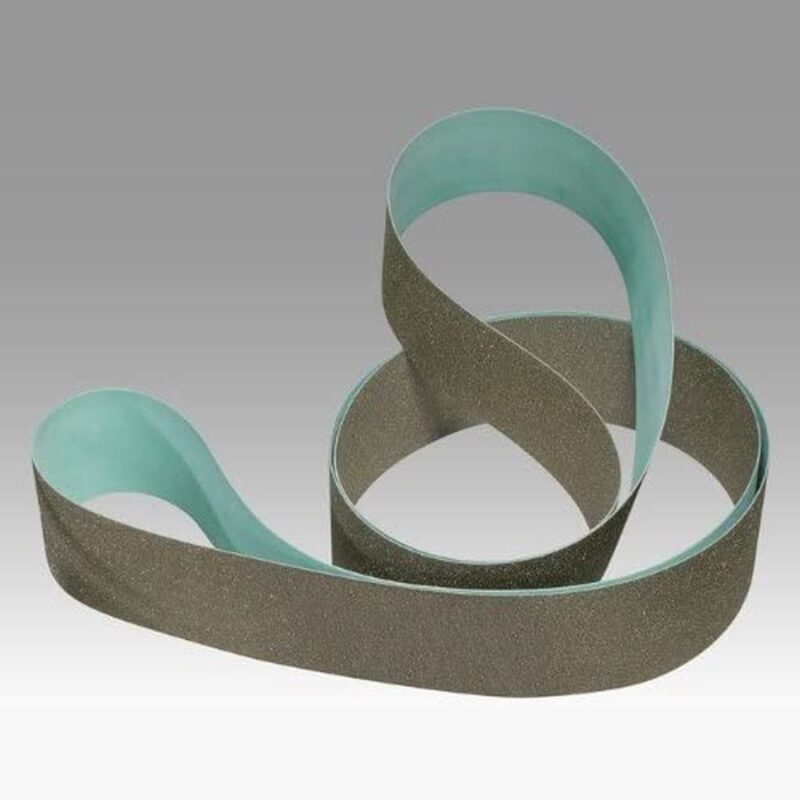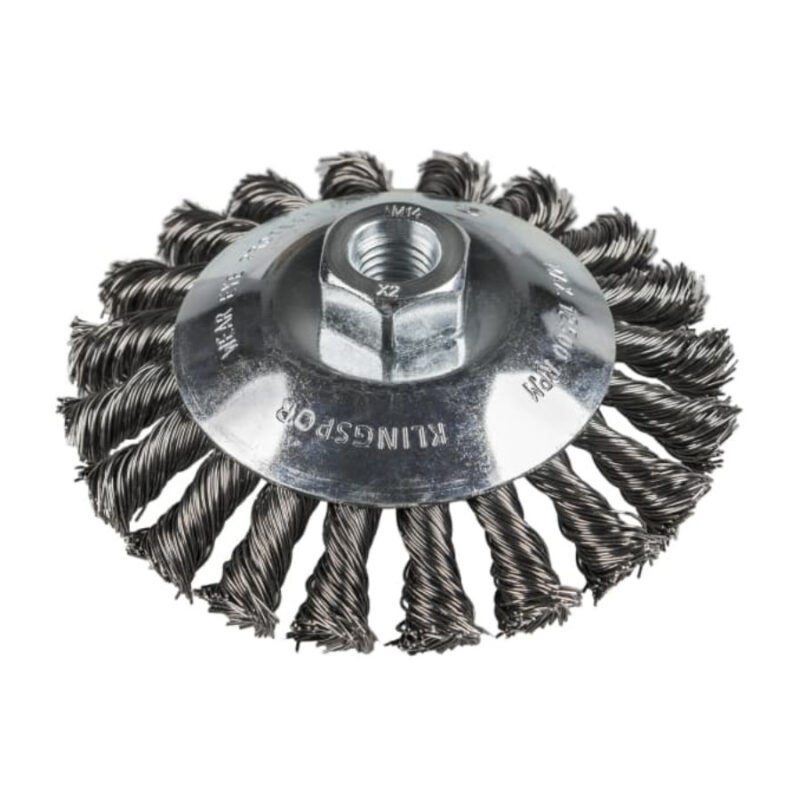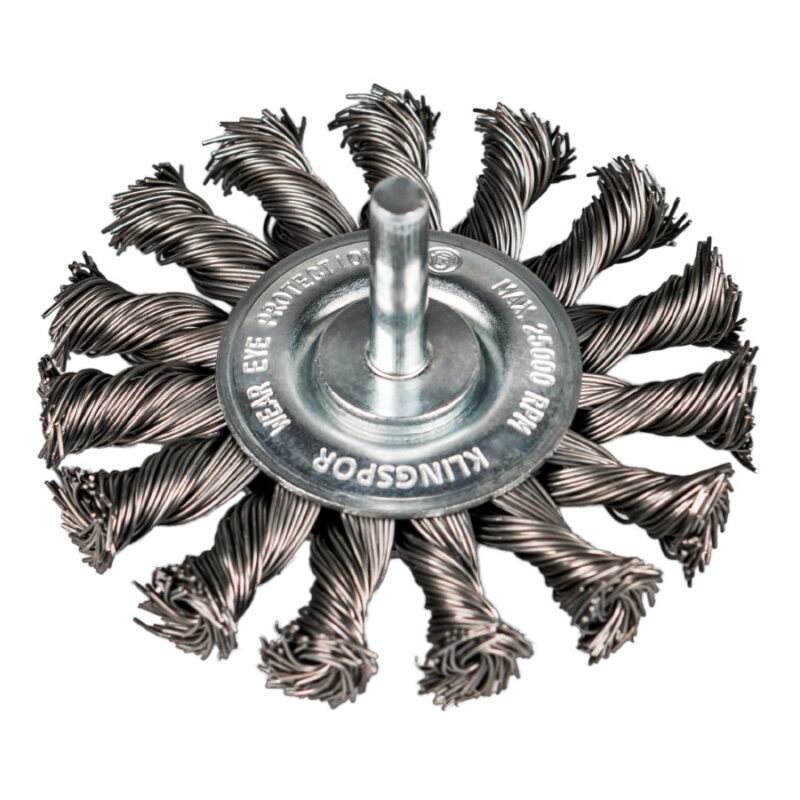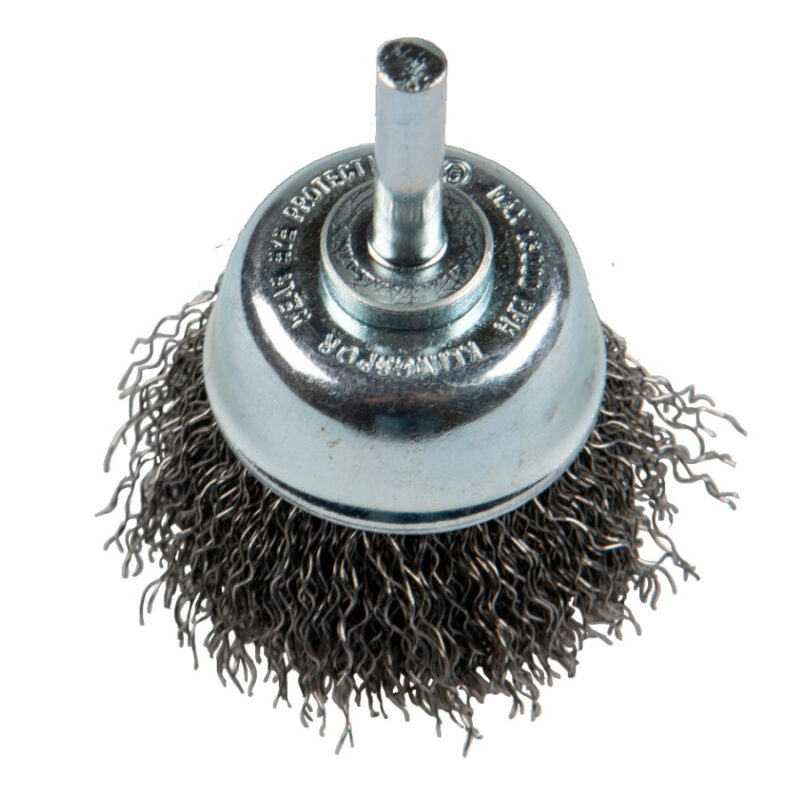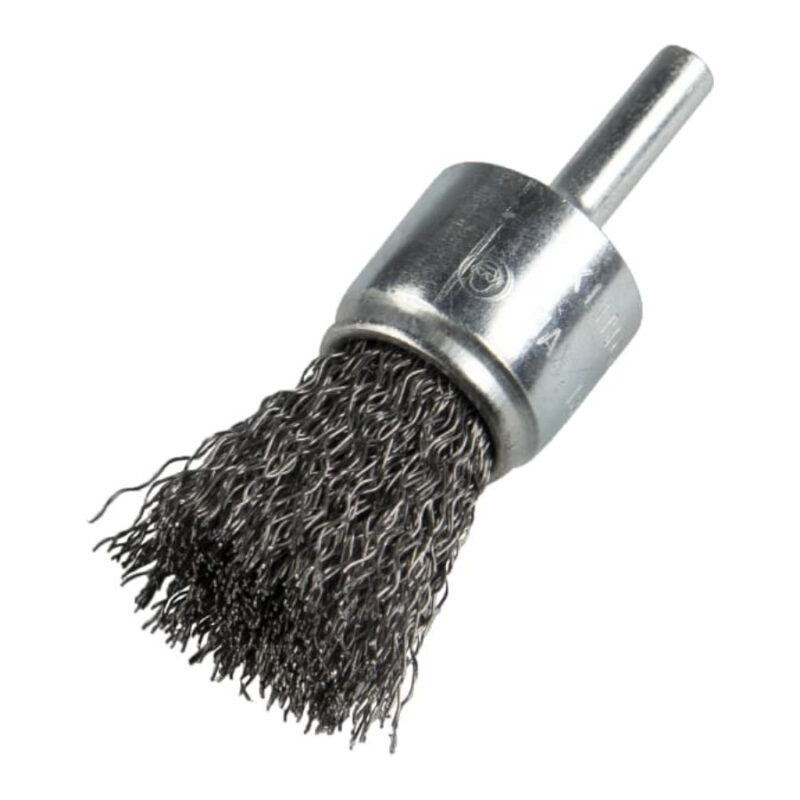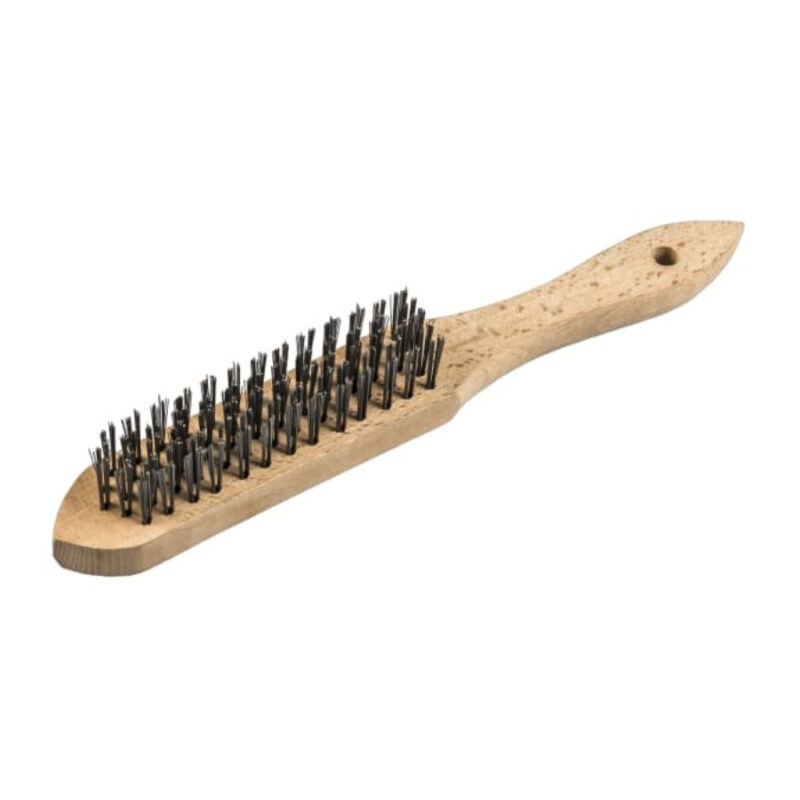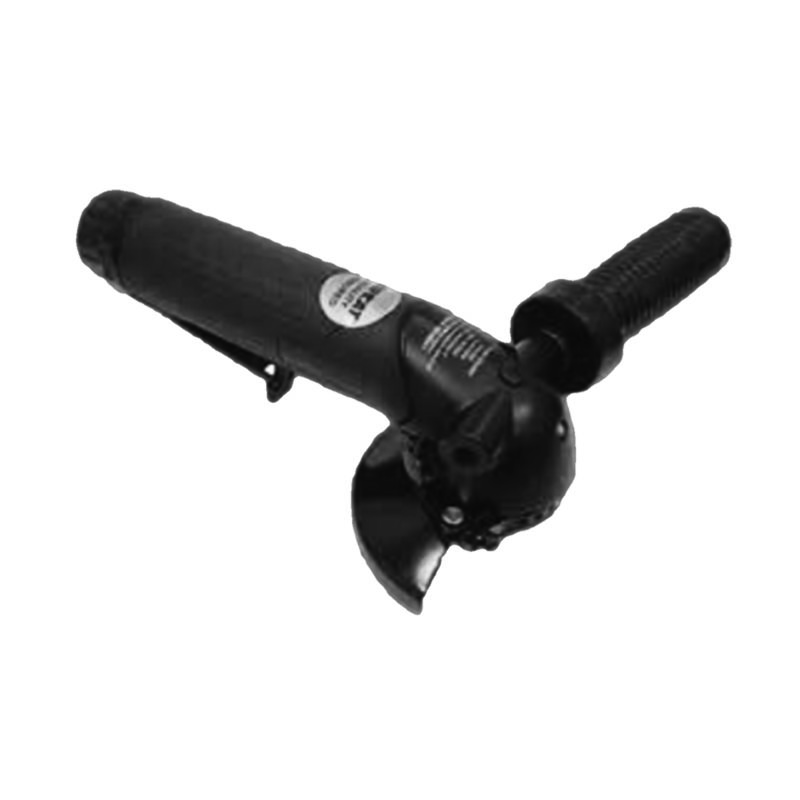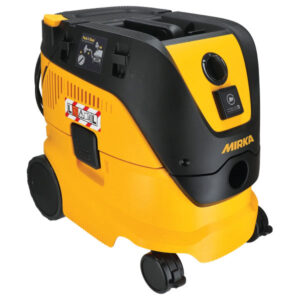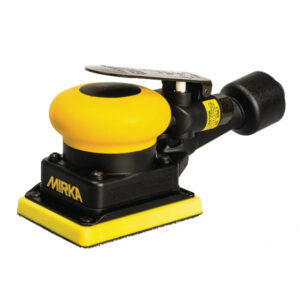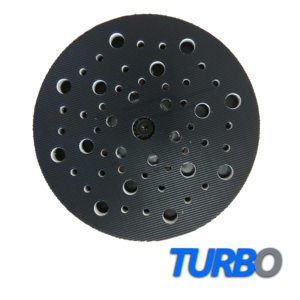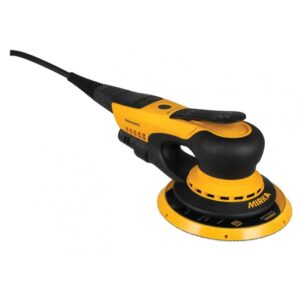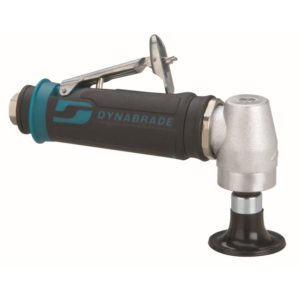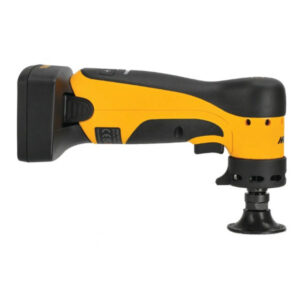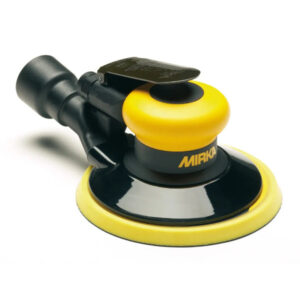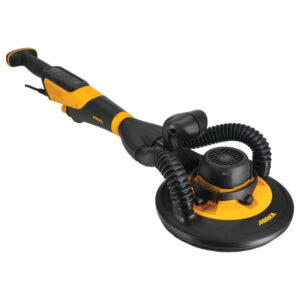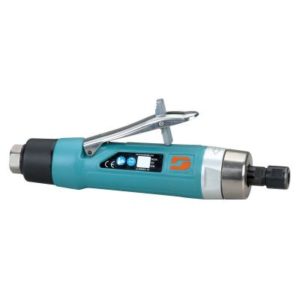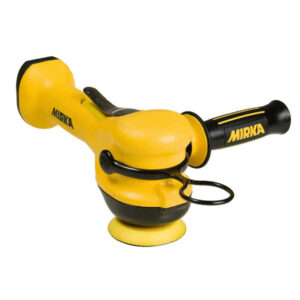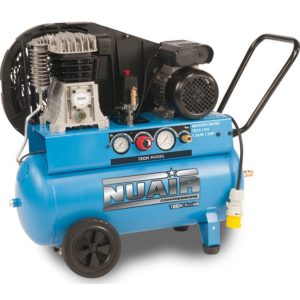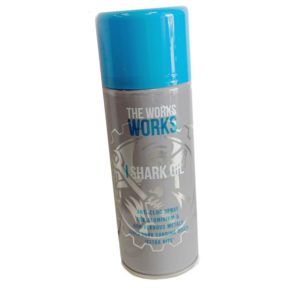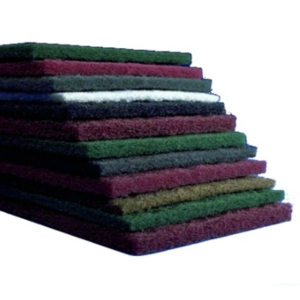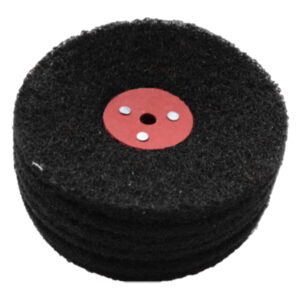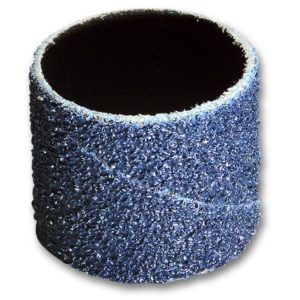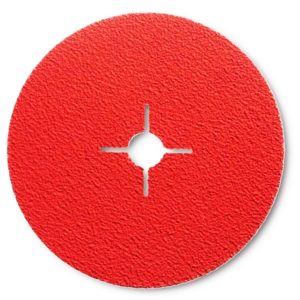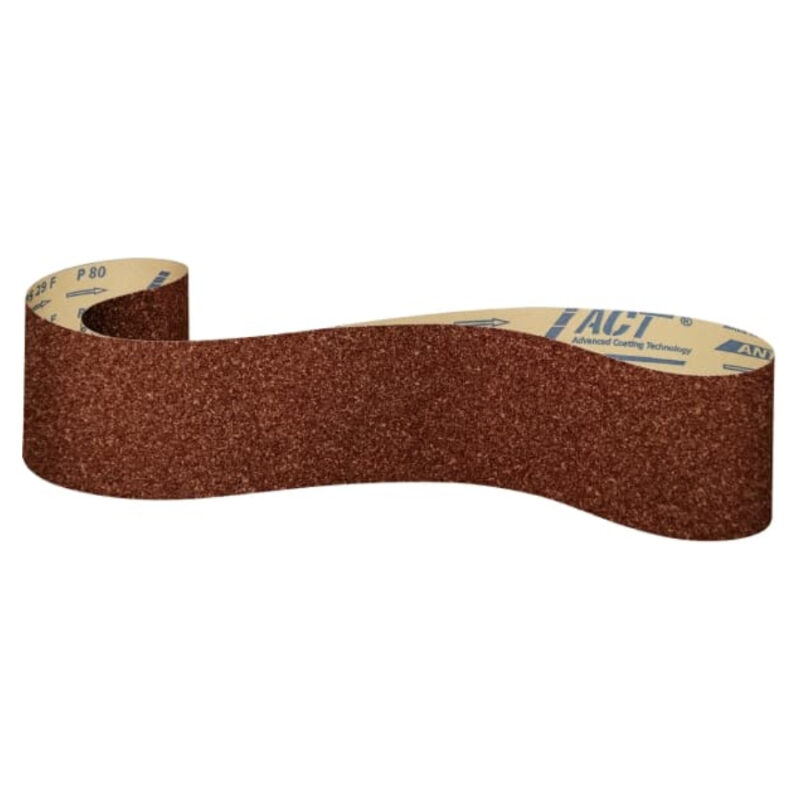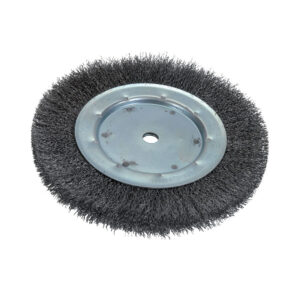Glass
Glass is a unique material that has been used for various purposes such as windows, mirrors, lenses, and even art. The process of working with glass can be challenging and requires specialized tools and abrasives to achieve the desired finish. The type of abrasive used depends on the type of glass being worked on and the desired finish. In this article, we will discuss the different types of glass and the appropriate abrasives to use when sanding or grinding them.
The first type of glass is soda-lime glass. This is the most common type of glass and is typically used for windows, bottles, and glassware. When working with soda-lime glass, it is important to use a fine abrasive to avoid scratching the surface. A silicon carbide abrasive with a grit size of 220 or finer is ideal for this type of glass. It is important to use a lubricant, such as water or oil, to prevent overheating and cracking of the glass.
The second type of glass is borosilicate glass. This type of glass is known for its high resistance to thermal shock and is commonly used for laboratory glassware and cookware. When working with borosilicate glass, it is important to use a fine abrasive with a grit size of 320 or finer. A diamond abrasive is ideal for this type of glass as it will provide a high-quality finish without causing any damage to the surface. It is also important to use a lubricant to prevent overheating and cracking.
The third type of glass is tempered glass. This type of glass is four to five times stronger than soda-lime glass and is commonly used for automobile windows and shower doors. When working with tempered glass, it is important to use a specialized abrasive known as a diamond resin pad. This type of abrasive will provide a smooth finish without causing any damage to the surface. It is also important to use a lubricant to prevent overheating and cracking.
The fourth type of glass is laminated glass. This type of glass is made up of two or more layers of glass with a layer of plastic between them. It is commonly used for automobile windshields and skylights. When working with laminated glass, it is important to use a diamond abrasive with a grit size of 220 or finer. It is also important to use a lubricant to prevent overheating and cracking.
The fifth type of glass is optical glass. This type of glass is commonly used for lenses and prisms. When working with optical glass, it is important to use a specialized abrasive known as cerium oxide. This abrasive is a high-quality polishing compound that will provide a high-quality finish without causing any damage to the surface. It is also important to use a lubricant to prevent overheating and cracking.
In conclusion, the type of abrasive used when sanding or grinding glass depends on the type of glass being worked on and the desired finish. When working with glass, it is important to use the appropriate abrasive to avoid damaging the surface. A lubricant should also be used to prevent overheating and cracking of the glass. By using the appropriate abrasive and lubricant, a






